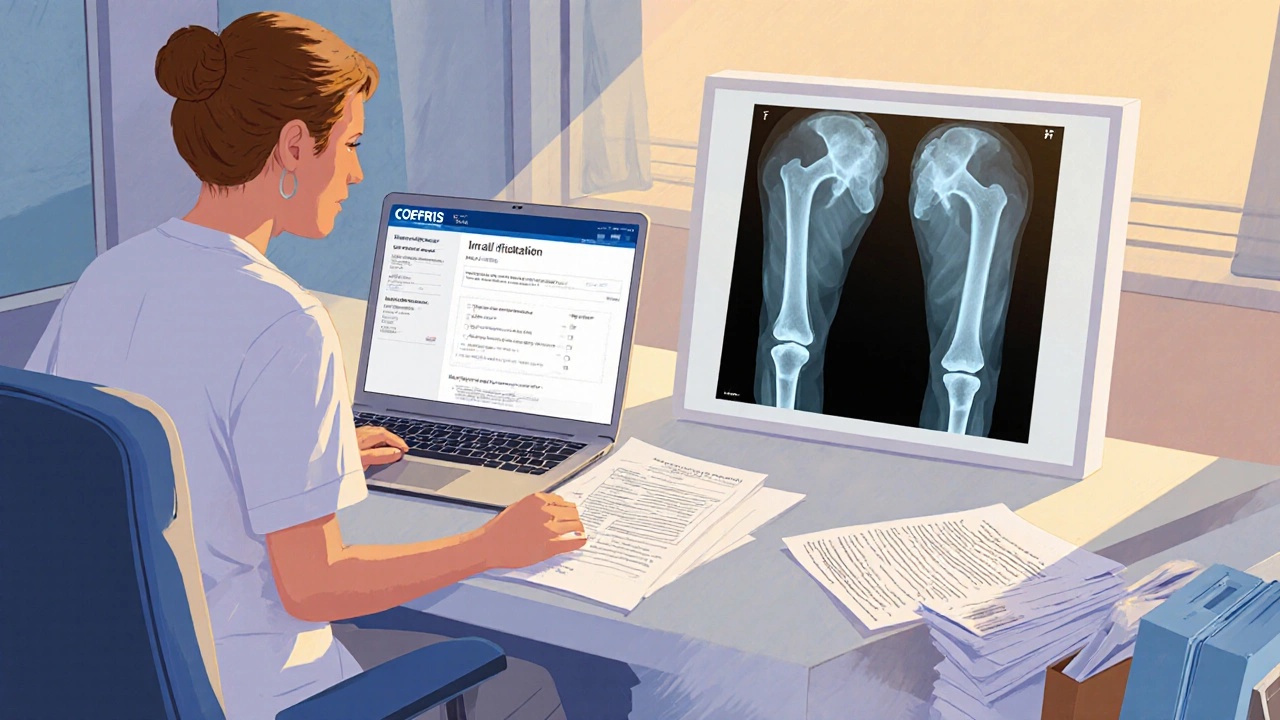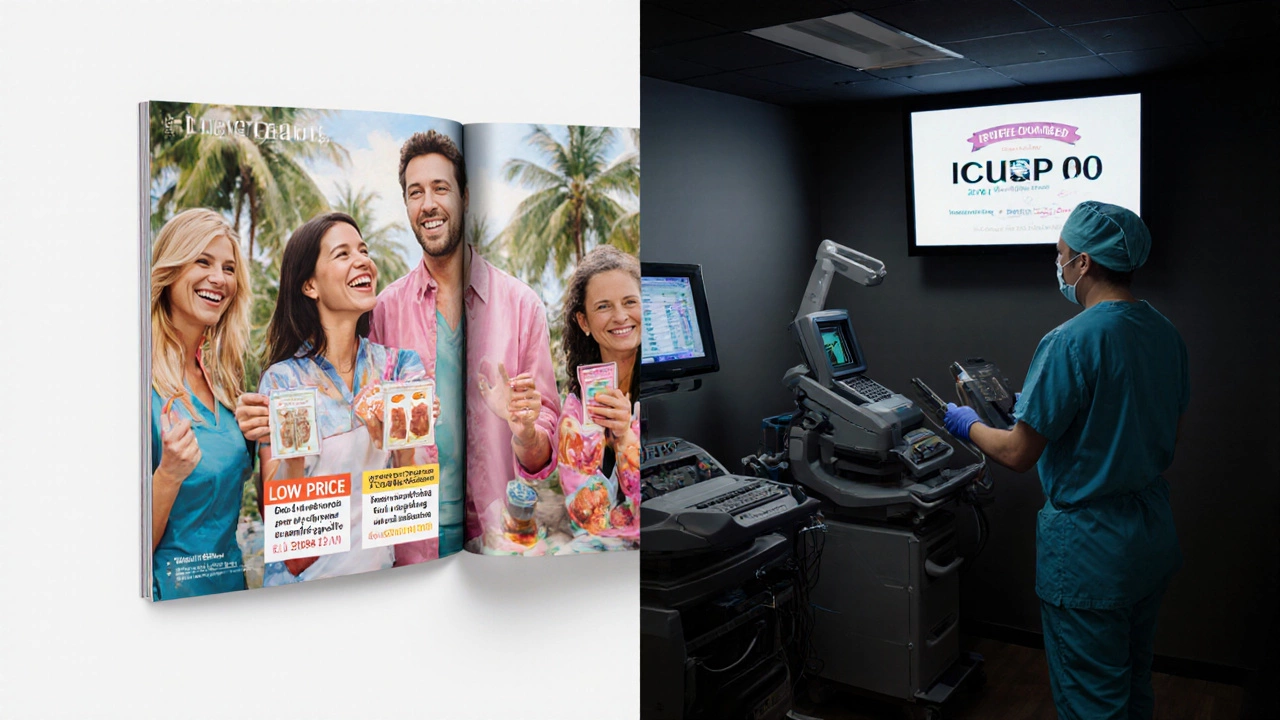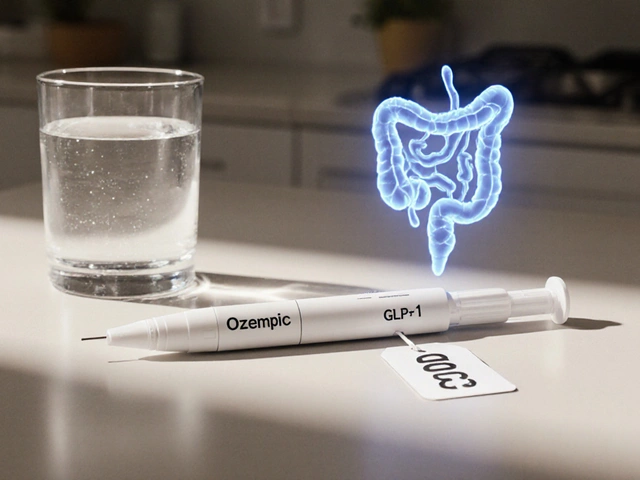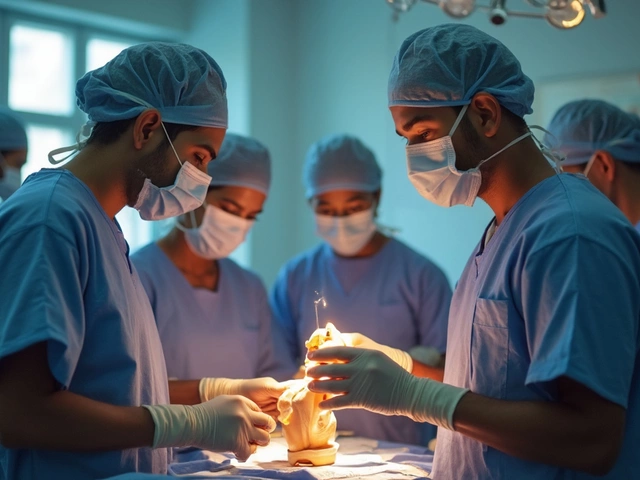Mexico Medical Safety Verifier
Check if your chosen medical tourism option meets safety standards
0
Every year, over 700,000 people from the U.S., Canada, and beyond travel to Mexico for medical care. Why? Because procedures like hip replacements, dental implants, and bariatric surgery can cost 60-80% less than in the U.S. But safety? That’s the question on everyone’s mind. You’ve seen the ads: medical tourism Mexico is cheap, fast, and easy. But is it really safe? The answer isn’t yes or no-it’s about knowing what to look for, where to go, and how to avoid the traps.
What Makes Mexico a Top Destination for Medical Tourism?
Mexico isn’t just close to the U.S. border-it’s got hospitals that meet international standards. Cities like Tijuana, Cancún, Monterrey, and Ciudad Juárez have clinics that are Joint Commission International (JCI) accredited. That’s the same gold-standard certification hospitals in the U.S. and Europe aim for. These facilities use the same equipment, follow the same protocols, and hire doctors trained in the U.S., Canada, or Europe.
Take Dr. Luis Mendez in Monterrey. He trained at Johns Hopkins, speaks fluent English, and performs gastric bypass surgeries at a private hospital with 24/7 ICU care. His patients pay $8,500 for a procedure that costs $35,000 in the U.S. That’s not magic-it’s lower labor costs, fewer insurance overheads, and no malpractice insurance premiums that inflate prices elsewhere.
But here’s the catch: not every clinic is like that. Some are run by middlemen who book flights and hotels but don’t control the quality of care. You need to know the difference.
How to Spot a Legitimate Medical Facility in Mexico
Don’t trust Google reviews alone. A clinic with 500 glowing reviews could still be using outdated equipment or unlicensed staff. Here’s how to verify legitimacy:
- Check for JCI or COFEPRIS accreditation. COFEPRIS is Mexico’s FDA equivalent. You can search their public registry at cofepris.gob.mx.
- Ask for the surgeon’s license number. In Mexico, all physicians must be registered with the Secretariat of Health. Request their CURP (Unique Population Registry Code) and verify it on the www.gob.mx/salud website.
- Look for hospitals with English-speaking staff. If the front desk struggles to answer basic questions, that’s a red flag.
- Ask to see the surgical suite. Cleanliness matters. No visible rust on equipment. No expired supplies in sight.
One patient from Ohio traveled to Tijuana for a knee replacement. She chose a clinic because it had JCI accreditation and a video tour showing sterilization protocols. She got her surgery, spent three nights recovering, and flew home without complications. Her total cost: $12,000. In the U.S., it would’ve been $55,000.
What Procedures Are Safest in Mexico?
Some treatments are far more common-and safer-in Mexico than others. Here’s what works well:
- Dental work: Crowns, implants, and full-mouth reconstructions. Mexico is the world’s top destination for dental tourism. Many dentists trained in the U.S. and use American-made materials.
- Bariatric surgery: Gastric sleeve and bypass procedures are performed routinely in accredited centers. Recovery times are similar to the U.S., and complication rates are comparable.
- Orthopedic surgery: Hip and knee replacements are common. Many surgeons use the same implants (like Zimmer or Stryker) as U.S. hospitals.
- Plastic surgery: Breast augmentations, tummy tucks, and rhinoplasty are popular. But be cautious-this is where unlicensed practitioners sometimes operate.
Avoid elective cosmetic procedures if you’re unsure of the clinic’s credentials. Skin treatments, injectables, and liposuction have higher complication rates in non-accredited settings.

The Real Risks: What Can Go Wrong?
Most medical tourists have smooth experiences. But risks exist-and they’re often preventable.
- Language barriers: Even if the surgeon speaks English, nurses or lab techs might not. Always bring a translator or use a clinic that provides one.
- Post-op care gaps: You might fly home two days after surgery. But what if you develop an infection? Your U.S. doctor might not have your records. Always request a full medical summary in English before leaving.
- Medication differences: Some antibiotics or painkillers sold in Mexico aren’t approved in the U.S. Ask for generic names and check them against your pharmacy’s database.
- Travel complications: Flying too soon after surgery increases blood clot risk. Wait at least 7-10 days after major surgery before flying.
One couple from Chicago went to Cancún for a tummy tuck. They skipped pre-op blood work because the clinic said it wasn’t necessary. They returned home with a deep vein thrombosis. It took three weeks of hospitalization to fix. Their total cost? $25,000 in U.S. medical bills-plus the original $5,000 for the surgery.
How to Plan a Safe Trip to Mexico for Medical Care
Here’s a step-by-step checklist:
- Choose a procedure that’s proven safe in Mexico (dental, orthopedic, bariatric).
- Verify the clinic’s JCI or COFEPRIS accreditation.
- Confirm the surgeon’s license and training background.
- Request a detailed written quote-itemizing surgery, hospital stay, anesthesia, and follow-up.
- Ask for references from past international patients.
- Book a hotel near the clinic, not a resort. You’ll need easy access for check-ups.
- Buy medical travel insurance that covers complications abroad. Companies like Allianz Travel or GeoBlue offer this.
- Carry a copy of your medical records and a list of your medications.
- Wait at least 7 days after surgery before flying home.
Don’t let price be your only decision factor. A $3,000 dental implant might seem great-until you need a $15,000 revision because the implant failed.

What About Aftercare? Can You Get Help Back Home?
Yes-but only if you plan ahead. Many U.S. doctors will treat complications from Mexican procedures if you give them full records. Bring:
- Discharge summary in English
- Lab results and imaging CDs
- Medication list with generic names
- Surgeon’s contact info
Some clinics offer telehealth follow-ups for 30-90 days after surgery. That’s a big plus. Make sure it’s included.
Final Verdict: Is Medical Tourism in Mexico Safe?
Yes-if you do your homework. Mexico has world-class hospitals, skilled doctors, and lower costs. But it also has clinics that cut corners. The difference is in the details. Accreditation, verification, and preparation turn a risky gamble into a smart decision.
Thousands of people go to Mexico every month and come back healthier and saving tens of thousands. But the ones who run into trouble? They skipped the checks. They trusted a brochure. They didn’t ask for proof.
Don’t be one of them.
Is it safe to have surgery in Mexico?
Yes, if you choose a JCI- or COFEPRIS-accredited facility with licensed surgeons. Many clinics in border cities like Tijuana and Monterrey meet or exceed U.S. standards. Avoid unaccredited clinics, especially those offering extremely low prices without transparent details.
What’s the most common problem medical tourists face in Mexico?
Poor post-op care and lack of follow-up. Many patients fly home too soon, and when complications arise, their U.S. doctors don’t have access to their medical records. Always request a full English summary before leaving, and plan for at least 7-10 days of recovery before flying.
Are Mexican doctors qualified?
Many are. Surgeons at accredited hospitals often train in the U.S. or Europe and hold dual certifications. Always ask for the doctor’s CURP (Unique Population Registry Code) and verify it on the Mexican government’s health portal. Don’t assume experience based on reputation alone.
Can I use my U.S. health insurance for care in Mexico?
Almost never. Most U.S. insurers don’t cover procedures abroad. But you can buy specialized medical travel insurance from providers like GeoBlue or Allianz Travel. These policies cover complications, emergency transport, and sometimes even revision surgeries.
What procedures are safest to get in Mexico?
Dental implants, bariatric surgery, hip and knee replacements, and some cosmetic procedures like breast augmentations at accredited centers. Avoid high-risk, non-essential procedures like liposuction or injectables unless the clinic is fully accredited and the surgeon has verifiable credentials.
How do I verify a clinic’s accreditation in Mexico?
Check for JCI (Joint Commission International) accreditation on their website or at jci.org. For Mexican government accreditation, search COFEPRIS at cofepris.gob.mx. Enter the clinic’s name or registration number. If it’s not listed, walk away.
Should I go with a medical tourism agency?
Only if they’re transparent. Many agencies are middlemen who earn commissions and don’t control quality. Ask: Do they own the clinic? Can you speak directly to the surgeon? Can you see the hospital before booking? If they avoid these questions, find another option.

 Can Ashwagandha Cause Weight Gain? What You Really Need to Know
Can Ashwagandha Cause Weight Gain? What You Really Need to Know
 Best Over-the-Counter Alternatives to Ozempic for Weight Loss
Best Over-the-Counter Alternatives to Ozempic for Weight Loss
 Unusual Behaviors Post-Heart Surgery: Understanding the Causes
Unusual Behaviors Post-Heart Surgery: Understanding the Causes
 The Number One Rule of Surgery: Precision in Orthopedics
The Number One Rule of Surgery: Precision in Orthopedics
 Which Country Has the Highest Disease Burden?
Which Country Has the Highest Disease Burden?